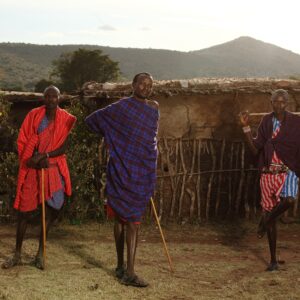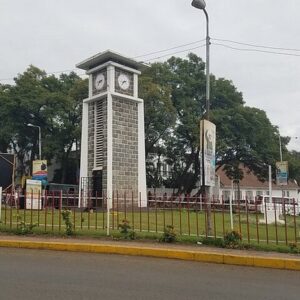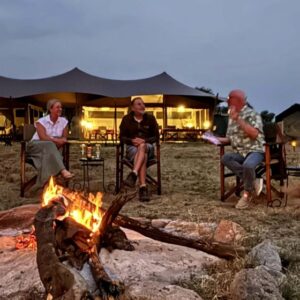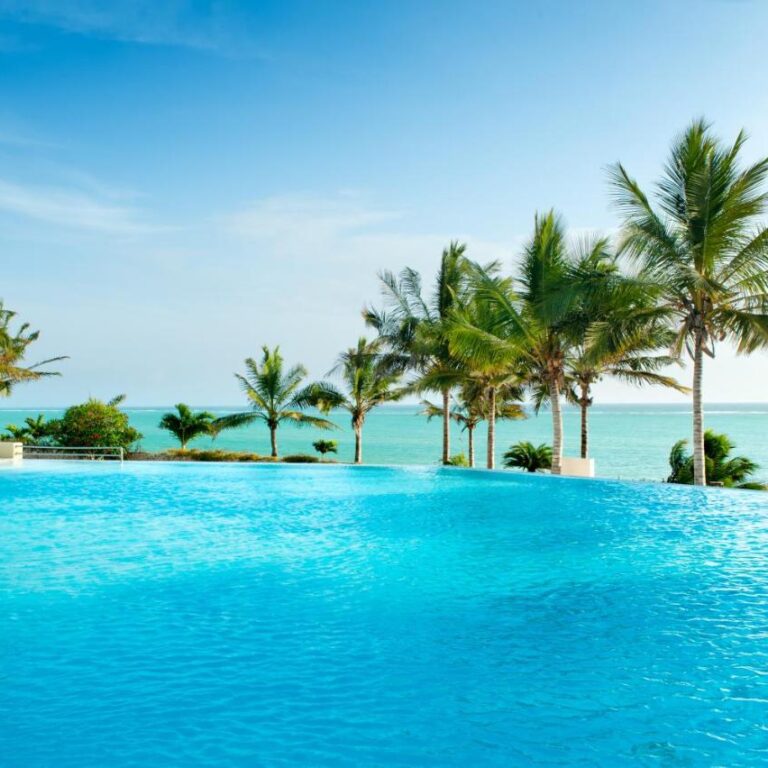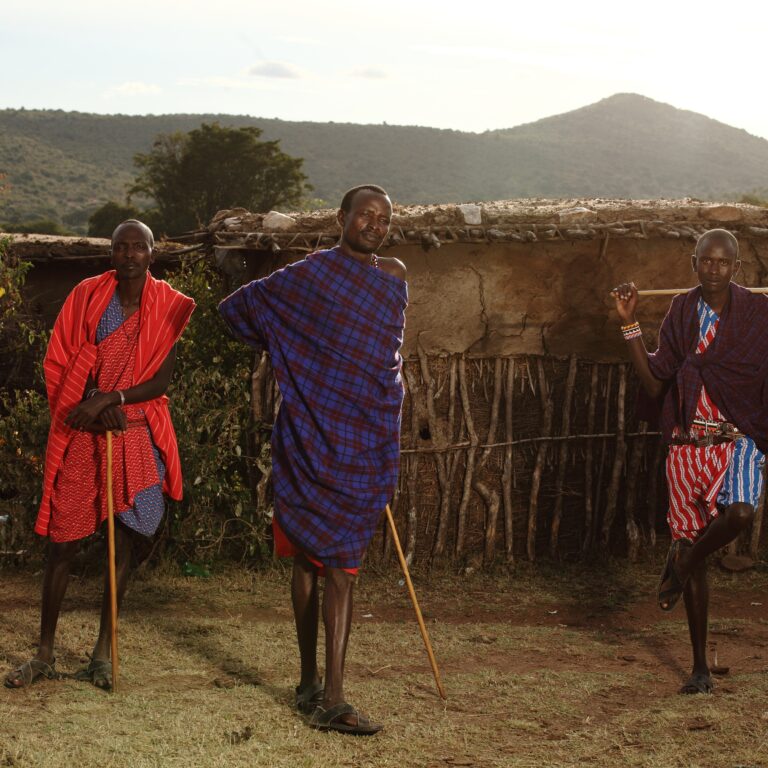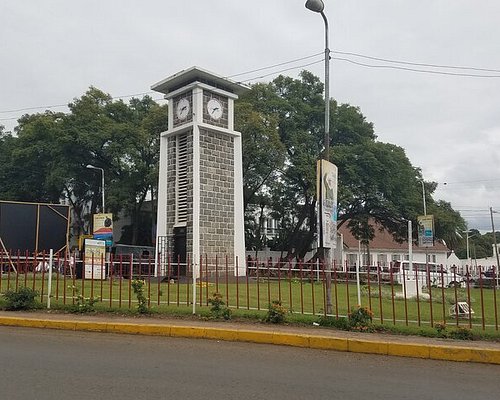Is Kilimanjaro in the Death Zone?
Mount Kilimanjaro does not have a traditional “Death Zone” like those found in high-altitude mountaineering, as its summit falls well below the 8,000-meter mark. The summit of Kilimanjaro stands at 5,895 meters (19,341 feet), which is roughly the same elevation as Mount Everest Base Camp. Unlike Everest, where climbers use oxygen in the so-called “death zone” above 26,000 feet, it’s possible to acclimatize on Kilimanjaro. However, altitude sickness remains a risk, and approximately 3 to 10 people die on the slopes of Kilimanjaro each year due to factors like Acute Mountain Sickness (AMS), HAPE, and HACE. Despite this, Kilimanjaro is considered relatively safe compared to other major mountains, with a mortality rate of around 0.03% for climbers123. So, while it’s not a death trap, proper preparation and precautions are essential for a safe climb.
Geographical Information
Kilimanjaro is situated in Tanzania, East Africa, towering at approximately 19,341 feet (5,895 meters) above sea level. Its prominent location near the equator contributes to diverse climates, ranging from tropical at the base to arctic conditions near the summit. The varying landscapes and microclimates pose unique challenges to climbers. Climbing Routes and Difficulty Levels
Marangu Route
Known as the “Coca-Cola” route due to its popularity.
Considered the easiest route but still poses challenges.
Offers hut accommodations along the way, providing shelter for climbers.
Machame Route
Often referred to as the “Whiskey” route, contrasting with Marangu.
Longer and more demanding, suitable for experienced climbers.
Provides stunning scenery and diverse terrain, including rainforests and alpine deserts.
Lemosho Route
Gaining popularity for its scenic beauty and fewer crowds.
Offers a longer acclimatization period, increasing summit success rates.
Requires good physical fitness and prior trekking experience.
Rongai Route
Approaches Kilimanjaro from the north, offering a less-traveled path.
Known for its wilderness and solitude, ideal for those seeking a quieter experience.
Features gradual slopes and diverse landscapes, including lush forests and open moorlands.
Kilimanjaro Altitude
Mount Kilimanjaro stands at an impressive height of 19,341 feet (5,895 meters) above sea level. While it’s a towering peak and the highest in Africa, its summit falls well below the threshold of the death zone. This means climbers ascending Kilimanjaro are not exposed to the same extreme altitude challenges those scaling peaks above 8,000 meters face. Altitude Sickness
- A significant concern for climbers ascending to high altitudes.
- Symptoms include headache, nausea, fatigue, and dizziness.
- Proper acclimatization and hydration are crucial for minimizing risks.
- Extreme Weather Conditions
- Kilimanjaro’s summit experiences sub-zero temperatures and high winds.
- Sudden weather changes can occur, posing hazards to climbers.
- Adequate clothing and gear are essential for protection against the elements.
Tallest mountains in the world
- K2 Mountain – Elevation: 28,251′
- Mount Lhotse – Elevation: 27,940′
- Makalu Mountain – Elevation: 27,838′
- Cho Oyu Mountain – Elevation: 26,864′
- Mount Dhaulagiri – Elevation: 26,795′
- Manaslu Mountain – Elevation: 26,781′
- Mount Nanga Parbat – Elevation: 26,660′
- Annapurna Mountain – Elevation: 26,545′
- Broad Peak Mountain – Elevation: 26,414′
- Gyachung Kang Mountain – Elevation: 26,089′
- Jengish Chokusu – Elevation: 24,406′
- Aconcagua Mountain – Elevation: 22,837′
- Mount Denali – Elevation: 20,310′
- Kilimanjaro Mountain – Elevation: 19,341′
- Mmount Pico Cristóbal Colón – Elevation: 18,799′
- Mount Elbrus – Elevation: 18,510′
- Mount Everest
- Mount Kangchenjunga
- Gasherbrum Mountain
- Mount Shishapangma
- Kanchenjunga Mountain
- Mount Logan
- Shishapangma gosainthan Mountain
Understanding the Death Zone
The Death Zone refers to high-altitude regions where oxygen levels are extremely low, posing significant risks to climbers and adventurers. These zones typically begin at altitudes of around 8,000 meters (26,247 feet) above sea level.,
Mount Kilimanjaro Deaths : How Many People Die Per Year?
Approximately 30,000 to 50,000 people ascend Mount Kilimanjaro every year. According to Kilimanjaro travel guides and recorded statistics , on average 3 to 10 people die each year. The main cause of death is believed to be altitude sickness, specifically Acute Mountain Sickness (AMS), HAPE and HACE.
What is the Death Zone on Mount Kilimanjaro?
The Death Zone refers to altitudes above approximately 26,000 feet (8,000 meters) where the air is extremely thin, making it challenging for climbers to breathe. It poses significant risks to climbers due to reduced oxygen levels and harsh environmental conditions.
What are the symptoms of altitude sickness?
Altitude sickness can manifest in various symptoms, including headache, nausea, fatigue, dizziness, and difficulty sleeping. In severe cases, it can lead to pulmonary or cerebral edema, which requires immediate medical attention.
How can climbers prepare for climbing Kilimanjaro?
Climbers should focus on physical fitness training, including cardiovascular exercises and strength training. Additionally, acclimatization hikes at high altitudes and proper gear selection are essential for preparation. Consulting with a healthcare professional and obtaining necessary vaccinations is also recommended.
What are the different routes for climbing Kilimanjaro?
Kilimanjaro offers several climbing routes, each with its own challenges and highlights. Popular routes include the Marangu, Machame, Lemosho, and Rongai routes, each offering unique experiences and scenery.
Is climbing Kilimanjaro safe?
While climbing Kilimanjaro involves inherent risks, proper preparation, guidance from experienced guides, and adherence to safety protocols can mitigate these risks. It’s essential for climbers to prioritize their health and safety throughout the journey.
What are the accommodation options during the climb?
Accommodation options vary depending on the chosen route. The Marangu route provides hut accommodations along the way, while other routes offer tent camping. Some climbers may opt for luxury camping or staying in lodges before and after the climb.
Has anyone died climbing Kilimanjaro?
Yes, below we have a list of some people who have died Climbing Kilimanjaro
- Gugu Zulu – South African rally driver
- Scott Dinsmore and his wife -Entrepreneur
- Ian McKeever – Irish mountaineer, broadcaster, and motivational speaker
- Kristian Ferguson – Physicists
- Mary Lou Sammis – Physicists
- Jack Delleport
- Zhu Yush
- Jon Clarke, 60, was a longtime veteran of the newspaper business in Australia
- Mr Phee died: SINGAPORE – A 28-year-old Singaporean man has died after suffering from acute altitude sickness during an attempt to scale Mount Kilimanjaro in Tanzania.
How long does it take to climb Kilimanjaro?
The duration of the climb depends on the chosen route and itinerary. Most climbers take between five to nine days to complete the ascent and descent, allowing for proper acclimatization and rest periods.
How to Prevent Mount Kilimanjaro Deaths?
To prevent Mount Kilimanjaro deaths, climbers must prioritize proper acclimatization, hydration, and physical fitness. Slow ascent rates, adequate rest, and recognizing symptoms of altitude sickness are crucial. Expert guides and quality gear enhance safety. Planning climbs during optimal weather seasons reduces risks. Ultimately, respecting the mountain’s challenges and heeding safety precautions are key to ensuring a successful and safe ascent.
What are the main causes of Mount Kilimanjaro deaths?
The main causes of Mount Kilimanjaro deaths include altitude sickness, severe weather conditions, and physical exertion. Altitude sickness, resulting from reduced oxygen levels at high altitudes, can lead to fatal complications like pulmonary or cerebral edema. Harsh weather conditions, such as extreme cold and high winds, pose additional risks to climbers. Physical exertion, combined with inadequate preparation, may also contribute to fatalities on the mountain.
What is the best time to climb Kilimanjaro?
The best time to climb Kilimanjaro is during the dry seasons, which typically occur from January to March and June to October. These periods offer favorable weather conditions and clear visibility, enhancing the climbing experience.
Are there age restrictions for climbing Kilimanjaro?
While there are no strict age restrictions, climbers should be in good physical health and capable of enduring the rigors of high-altitude trekking. Children under the age of ten are generally not recommended to climb Kilimanjaro due to the associated risks.
Is Mount Kilimanjaro Easy to Climb?
Mount Kilimanjaro presents a formidable challenge, though its accessibility and various routes cater to climbers of different abilities. While not technically demanding, the altitude and changing weather conditions make it a strenuous endeavor. Adequate preparation, including physical training and acclimatization, is crucial. With proper guidance and determination, climbers can conquer Kilimanjaro’s summit, experiencing the thrill of standing atop Africa’s highest peak.
Are there dead bodies on Kilimanjaro?
It’s a very easy to do evacuation by use of a Helicopter or a stretcher that’s why there are no dead bodies on Kilimanjaro. Unlike Mount Everest when people die, it can be difficult to remove their bodies. Final repatriation costs tens of thousands of dollars.
What should climbers pack for their Kilimanjaro expedition?
Climbers should pack essential gear such as sturdy hiking boots, warm clothing layers, a sleeping bag, headlamp, trekking poles, and personal items like sunscreen and lip balm. It’s essential to pack light while ensuring adequate protection against the elements.
These frequently asked questions aim to provide valuable insights and guidance for individuals planning to embark on the challenging adventure of climbing Mount Kilimanjaro. By addressing common concerns and considerations, climbers can better prepare for a safe and fulfilling journey to Africa’s highest peak.


